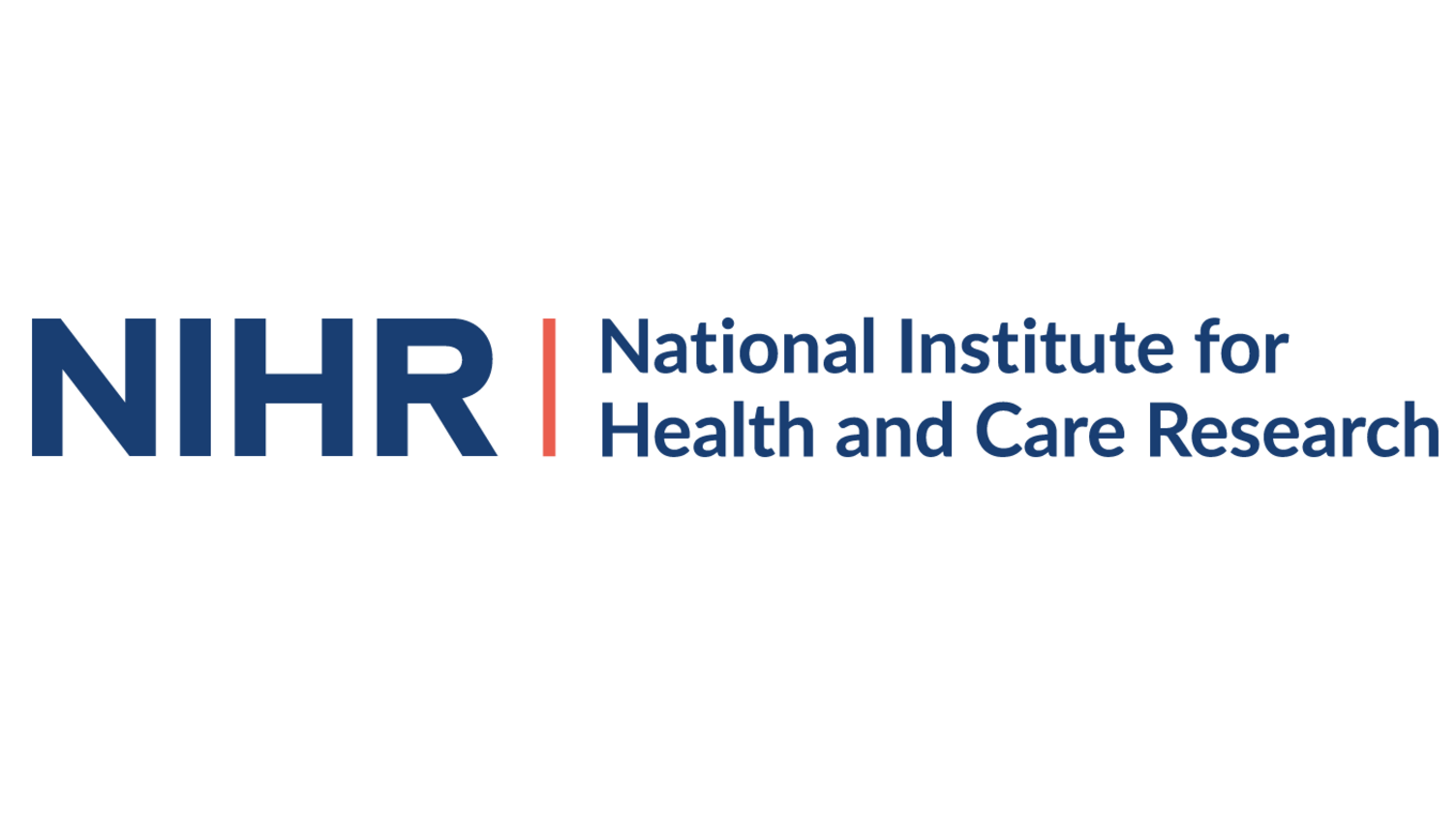100 JLA PSPs: A chance to reflect
- 9 October 2020
- 5 min read
Publication of the results of the 100th JLA research Priority Setting Partnership (PSP) provides an opportunity for me to look back on my involvement with the James Lind Alliance since 2008. In thinking about this very special initiative, I was grateful that Iain Chalmers – who had lobbied for the creation of the JLA – was kind enough to spend some time on Zoom with me, taking stock of this 100 PSP milestone in the JLA’s history; so I have included (in italics) his reflections here too.
To put things in context, it’s important to note that Iain had been arguing for the involvement of patients and clinicians in research for many years before the JLA was formally established. His 1991 paper, The Perinatal Research Agenda: Whose Priorities?, is essentially a manifesto for what the JLA went on to strive to do:
"I was convinced that there were gross distortions of the research agenda and that the people on whose behalf researchers claimed to be doing research weren’t getting a look in. Trivial, sometimes insulting questions had been addressed in research. And even if the questions were sometimes sensible, the measures that were being used to assess whether, for example, a particular intervention had been worthwhile were often surrogate outcomes of no interest to anybody outside the world of research. It was disillusionment with the status quo that led me to push for the Cochrane Collaboration and then James Lind Initiative to happen."
I joined the JLA team in 2008. The day-to-day running of the JLA was overseen by the James Lind Initiative (JLI), which was funded by the National Institute for Health Research (NIHR), administered by Patricia Atkinson, and implemented by Sally Crowe and Lester Firkins. The JLA had completed its first PSP on asthma, and it had moved on to facilitate its second, on urinary incontinence. I observed and documented the workings of a PSP meeting. This led me to collaborate with Sandy Oliver and a Critical Friends Group of patients and clinicians to produce the first edition of the JLA Guidebook. The JLA had input from several committees, drawing together a wide range of people from the worlds of patient involvement, clinical research and evidence-based health care, all committed to the evolution of this new and exciting approach to setting priorities for research. Underpinned by Iain’s original vision for the JLA, collaboration was at the heart of everything:
"Getting the end users of health research – patients, carers and health professionals - involved in making decisions of importance to people’s lives is simply common sense. My commitment to promoting collaboration has been longstanding. This has not been because it had become an increasingly fashionable thing to do, as manifested in Patient and Public Involvement (PPI) initiatives. It’s because involvement and feedback from a variety of people – not only patients and members of the public - helps to prevent researchers proposing and doing stupid things."
With hindsight, I think we were helped enormously by the fact that failure of the JLA idea was an option. When Iain, Nick Partridge and John Scadding launched the JLA they did not know if there would be an appetite for it. Funding was secured from NIHR and the Medical Research Council (MRC) in the knowledge that one outcome could be the discovery that it neither worked nor resonated with anyone. This attitude was liberating: it gave us the freedom to be innovative and experimental and to challenge the status quo, as Iain describes:
"We were challenging authority. There’s a massively powerful research machine out there. It’s dominated by people doing research on extremely small things - prions, for example - who basically see themselves and are seen by others as the medical research aristocracy – the people who don’t actually study ‘whole people’, let alone whole societies. This aristocracy is very powerful, partly because of its association with industry. That means money, and universities like money. The very fact that there have been 100 JLA PSPs is evidence that it is possible to challenge entrenched authority."
Thinking about what has changed, the move of the JLA from a James Lind Initiative project to the NIHR’s Evaluation, Trials and Studies Coordinating Centre (NETSCC), at the Wessex Institute, University of Southampton in 2013 and the establishment of a permanent secretariat has enabled the JLA to continue to develop. The day-to-day management of enquiries and the website is taken care of, the Adviser team is well supported and supervised, and there’s space to reflect on the practicalities of running PSPs and to think strategically, too. As in the early days, we continue to see the JLA as an evolving method, informed by and responding to the experiences of the wide range of stakeholders who engage with the process and participate in PSPs. We recognise that our processes are not perfect, and that there will always be more to learn.
Having a solid infrastructure has given us the opportunity to develop new ideas and connections, notably with the hub in Canada and most recently with the launch of the JLA Lab. This conceptual space has provided opportunities to try new things related to research priority setting, even though they may not work, without compromising the reputation or integrity of the JLA PSP processes. We have also started to gain a better understanding of the impact that PSPs have had, both on research and on the people and organisations that have been involved.
Even though the day-to-day operation of the JLA has arguably become slicker over time, I still recognise so many of the elements that made me fall in love with the initiative in the first place. Every decision that the secretariat team and the Advisers make is underpinned by the same principles that Iain, John and Nick articulated at the Alliance’s inception: we still insist on transparency, we still expect PSPs to be inclusive, we still value lived experience as much as professional expertise, and we still embed our PSPs in the notion of drawing on and contributing to the evidence base. The JLA process is still collaborative and works with patient and clinical communities, without imposing a top-down, inflexible set of rules. We bring a process, but they bring the knowledge, the insights, the networks, the experiences and the personal and professional investments in future research in their spheres of interest. Unsurprisingly, the outputs - shared research priorities - belong to them.
Iain’s original idea not only resonated with people who wanted to set priorities in their area of healthcare; it also inspired the growth of a community that is committed to, cares about and has a stake in the JLA process, its principles and its future. I’m so inspired by the fact that we are 100 PSPs along, and that energy and passion is as palpable today as it was when I first observed the Urinary Incontinence PSP in 2008: patients, carers and clinicians collaborating as partners to identify their shared priorities. It’s a real privilege to support them to do that. I’ll give Iain the last word!
"I think the JLA is one of the initiatives with which I’m most proud to have been associated over the past half century. My 1991 paper ‘Whose Priorities?’ is an indication of what I hoped would happen, and it has indeed happened under the aegis of the JLA. I’m really grateful to all the people involved developing the JLA and for running with its agenda and objectives. Thank you!"


